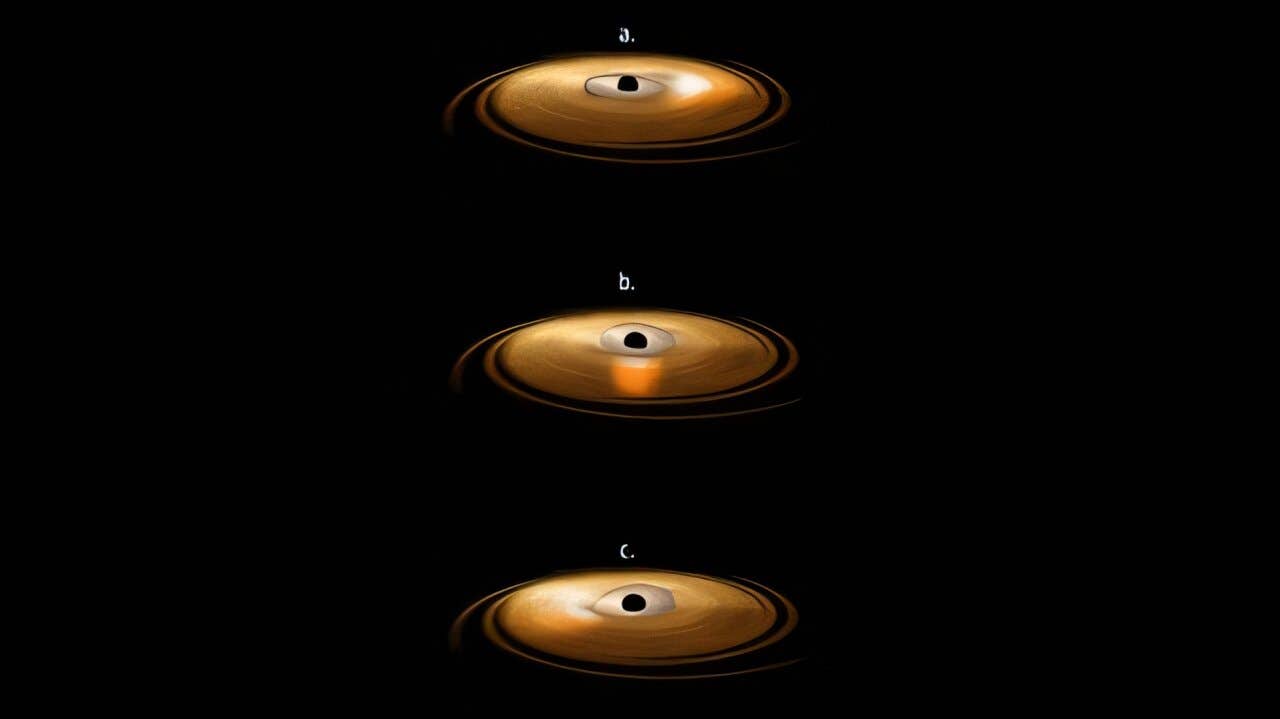Human brain operates differently in people who are overweight or living with obesity
Recent findings from University of Cambridge researchers shed light on the vital interplay between brain anatomy and weight.

[Aug. 9, 2023: Staff Writer, The Brighter Side of News]
Recent findings from University of Cambridge researchers shed light on the vital interplay between brain anatomy and weight. (CREDIT: Nicoletta Barolini)
As the world continues its struggle against the ever-increasing challenge of obesity, recent findings from University of Cambridge researchers shed light on the vital interplay between brain anatomy and weight. Highlighting the complexities within the human brain, the study underlines the significance of the hypothalamus – a central brain region controlling appetite – and how its structure varies amongst individuals with different body weights.
Globally, over 1.9 billion individuals grapple with being overweight or obese. This is not just a numerical statistic but indicates a broader health crisis. In the UK alone, data from the Office for Health Improvement & Disparities reveals that nearly two-thirds of its adult population fall into this category. The repercussions? An increased risk of ailments like type 2 diabetes, heart ailments, stroke, various forms of cancer, and even deteriorated mental health.
However, understanding what triggers our hunger, what satiates it, and the intricate relationship between these feelings and our overall health remains an enigma. Though factors such as genetics, hormone regulation, and environment play pivotal roles in our food choices and consumption patterns, the exact mechanism within our brains remains elusive.
Shining a Spotlight on the Hypothalamus
The hypothalamus, though merely the size of an almond, shoulders the crucial responsibility of regulating our appetite. As Dr. Stephanie Brown, from the Department of Psychiatry and Lucy Cavendish College, University of Cambridge, notes, “Although we know the hypothalamus is important for determining how much we eat, we actually have very little direct information about this brain region in living humans. That’s because it is very small and hard to make out on traditional MRI brain scans.”
Related Stories
Despite its small size, its role in appetite regulation is gigantic. This assertion predominantly stems from numerous animal studies, revealing intricate pathways within the hypothalamus and the symphony of different cell populations that orchestrate hunger and satiety signals.
To delve deeper into this critical region of the brain in humans, Dr. Brown and her team leveraged the prowess of machine learning. Employing an algorithm tailored for this purpose, they meticulously analyzed MRI brain scans of 1,351 young adults across various BMI scores. The objective? To discern potential differences in the hypothalamus structure among individuals of varying weights.
The revelations, as published in the renowned Neuroimage: Clinical journal, were indeed intriguing. The overall volume of the hypothalamus was discernibly larger in individuals identified as overweight or obese. The team further established a notable correlation between the volume of the hypothalamus and an individual's BMI. These volumetric differences were particularly evident in those specific regions of the hypothalamus that regulate appetite by modulating hormone release.
A Sagittal brain slices showing segmented hypothalamic nuclei. B Axial brain slices showing segmented hypothalamic nuclei and whole hypothalamus. (CREDIT: Neuroimage: Clinical journal)
The pivotal question arises – do these structural changes instigate weight fluctuations or are they a result thereof? One viable theory ties these alterations to inflammation. Animal studies in the past have shown that a high-fat diet can incite inflammation in the hypothalamus. Such inflammation not only triggers insulin resistance and obesity but also alters the 'fullness' threshold.
As Dr. Brown elucidates, “If what we see in mice is the case in people, then eating a high-fat diet could trigger inflammation of our appetite control centre. Over time, this would change our ability to tell when we’ve eaten enough and how our body processes blood sugar, leading us to put on weight.”
Whole hypothalamic volumes (A left and B right) normalised to intracranial volume (ICV) from the HCP-Young Adult dataset. Underweight = BMI
The larger hypothalamic volume might be the body's response to inflammation, potentially by augmenting the size of the brain’s immune cells, known as glia.
Professor Paul Fletcher, the study’s senior author, optimistically states, “The last two decades have given us important insights about appetite control and how it may be altered in obesity. Our hope is that by taking this new approach to analyzing brain scans in large datasets, we can further extend this work into humans, ultimately relating these subtle structural brain findings to changes in appetite and eating and generating a more comprehensive understanding of obesity.”
Anorexia nervosa (AN), bulimia nervosa (BN), eating disorder matched control, overweight, obese and overweight/obese control groups (Control groups = BMI 18.5 – 24.9, overweight = BMI 25 – 29.9, obese = BMI 30 +.) (CREDIT: Neuroimage: Clinical journal)
But the story doesn't end here. The research points towards a myriad of possibilities, including the idea that a feedback loop might exist between hypothalamic volume and dietary habits. The exact cause and effect sequence remains to be elucidated.
This groundbreaking study was facilitated by a consortium of benefactors including the Bernard Wolfe Health Neuroscience Fund, Wellcome, the NIHR Cambridge Biomedical Research Centre, and Alzheimer’s Research UK. As the global scientific community advances, one thing is evident – unlocking the mysteries of the human brain is paramount in our fight against the obesity pandemic.
For more science stories check out our New Discoveries section at The Brighter Side of News.
Note: Materials provided above by The Brighter Side of News. Content may be edited for style and length.
Like these kind of feel good stories? Get the Brighter Side of News' newsletter.



